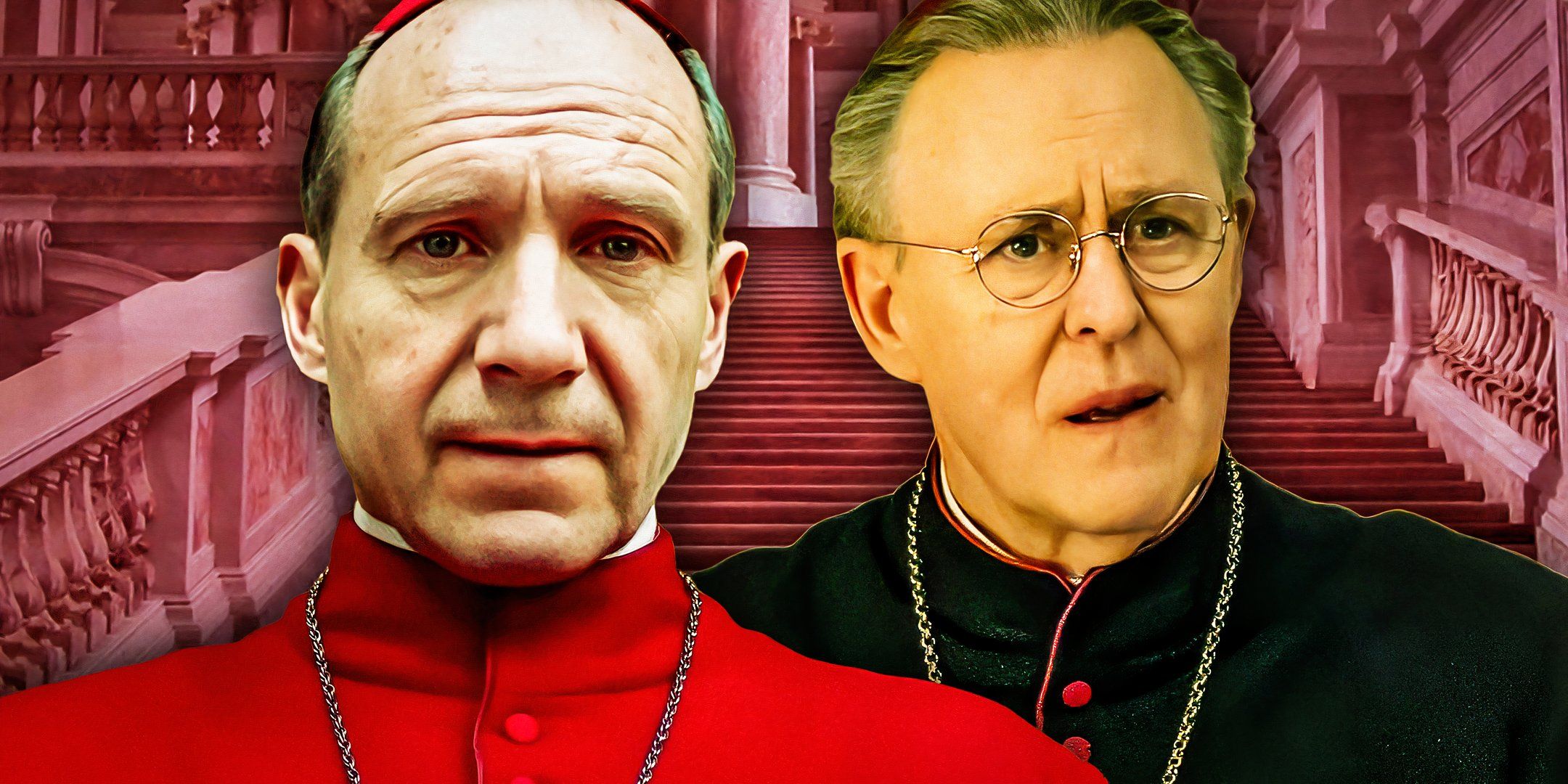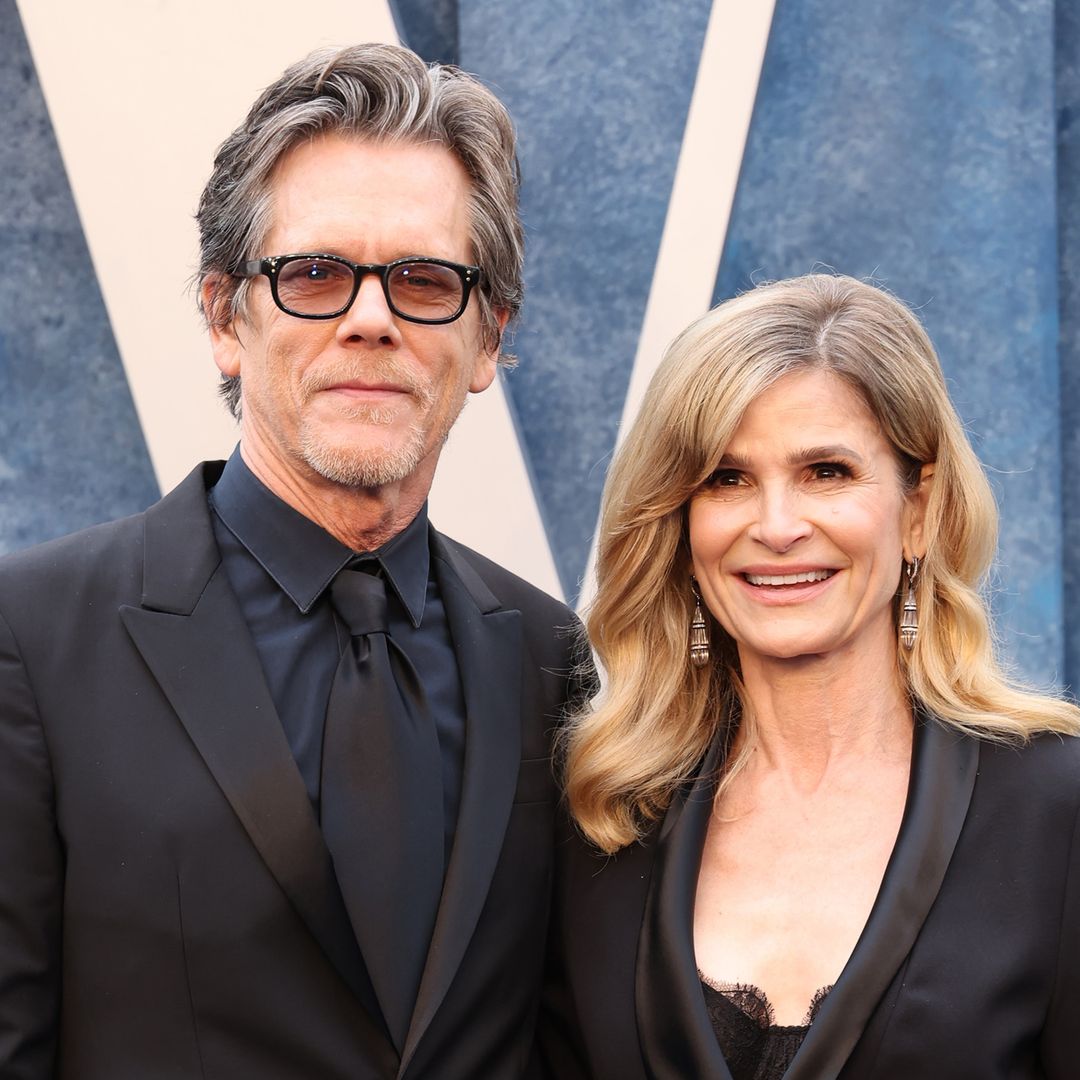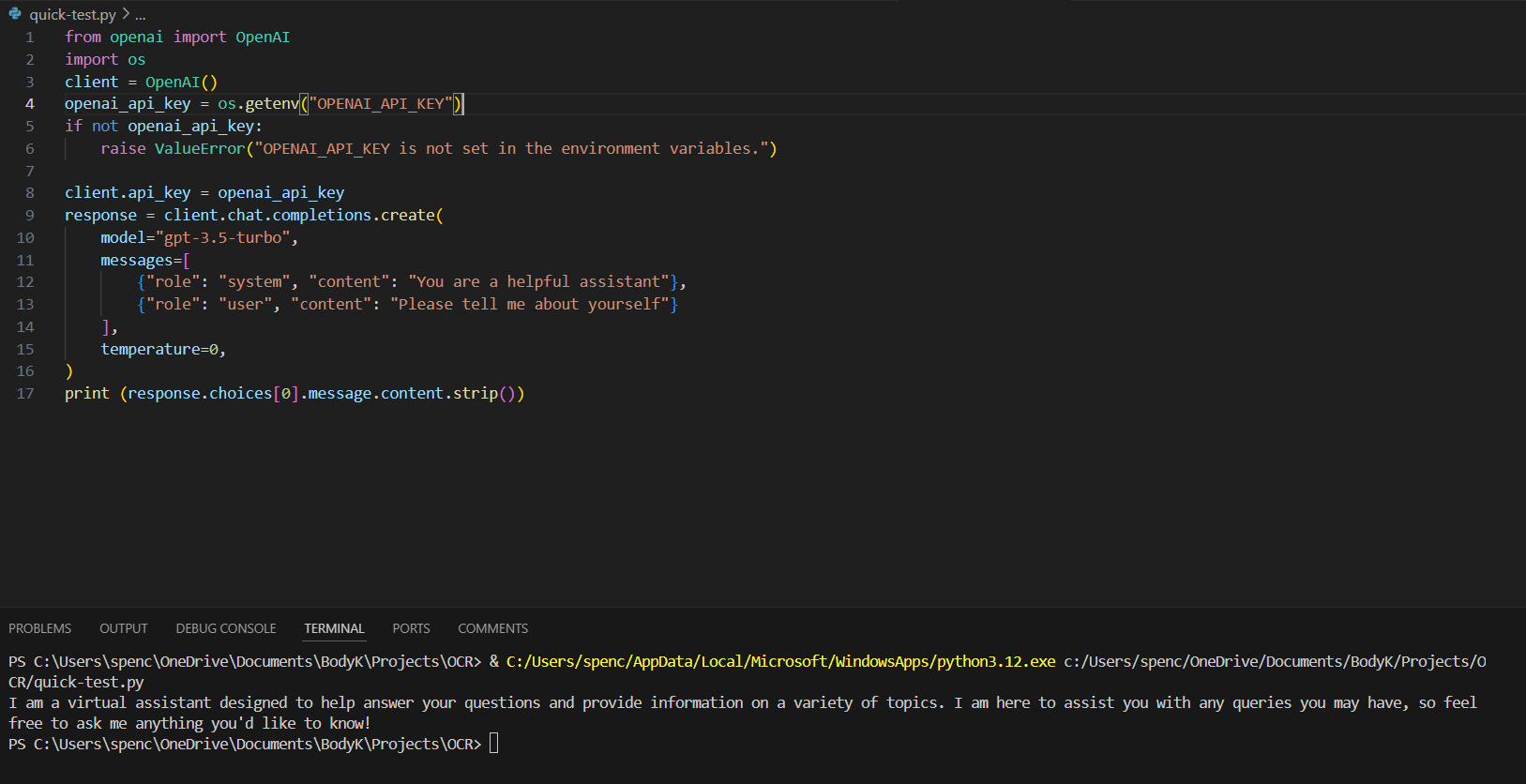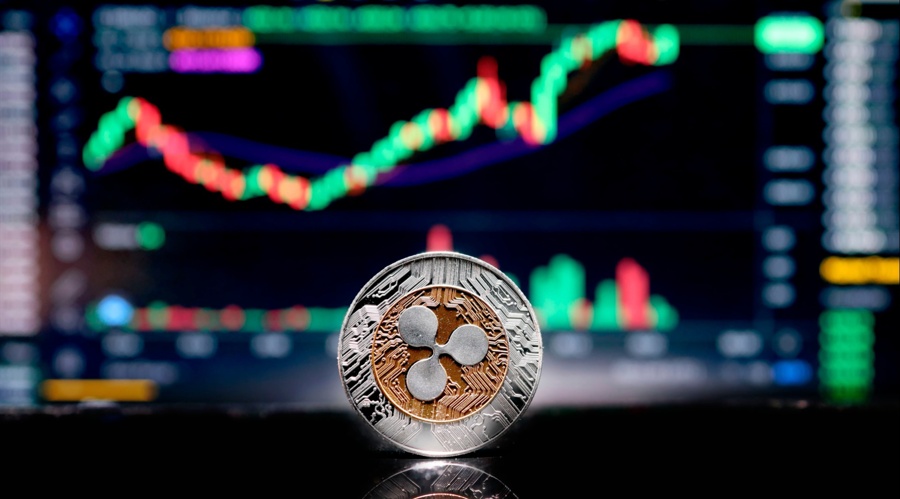How The Pope Is Elected: A Look Inside The Conclave

Table of Contents
The Pre-Conclave Period: Preparations and Procedures
The period leading up to the Papal Conclave, often referred to as the Sede Vacante (vacant see), begins with the death or resignation of the reigning Pope. This period is crucial for preparing for the election of his successor. The College of Cardinals, the body of senior Catholic clergy appointed by the Pope, plays a central role in these preparations.
- Confirmation of the Pope's death/resignation: The official announcement triggers the commencement of the Sede Vacante. This announcement, usually made from the balcony of St. Peter's Basilica, marks the beginning of a period of mourning and reflection within the Church.
- Gathering of the Cardinals in Rome: Cardinals from around the world travel to Rome, the seat of the Catholic Church, to participate in the upcoming conclave.
- Preparation of the Sistine Chapel for the Conclave: The Sistine Chapel, within the Vatican Palace, undergoes a meticulous transformation to become the secure and secluded venue for the Papal Conclave. This includes installation of security measures and sleeping quarters for the cardinals.
- Seclusion of Cardinals prior to the Conclave: Before the Conclave officially begins, the Cardinals gather for various liturgical ceremonies and meetings, allowing them to prepare spiritually and begin the process of considering potential candidates. The period of seclusion helps to foster reflection and unity among the electors.
The Conclave: Secrecy, Ritual, and Election
The Papal Conclave itself is a highly secretive and ritualistic process, held within the confines of the Sistine Chapel. Stringent security measures are in place to ensure the integrity of the election and prevent outside influence.
- The Sistine Chapel as the venue: Its historical significance and relative isolation within the Vatican make it an ideal location for this crucial event. The chapel is sealed off, and communication with the outside world is strictly limited.
- Strict rules of secrecy and communication restrictions: The secrecy surrounding the Papal Conclave is paramount. Cardinals are forbidden from discussing the election with outsiders, and even within the conclave, communication is highly regulated.
- The process of ballot counting and verification: The voting process itself involves secret ballots, with scrutineers carefully counting and verifying the votes to ensure accuracy. The ballots are burned after each round.
- The meaning of the smoke signals: The iconic "fumata bianca" (white smoke) signals the election of a new Pope, while "fumata negra" (black smoke) indicates that no candidate has yet received the required majority. This simple visual cue communicates the progress of the election to the world outside.
- The implications of a failed election and subsequent ballots: If no candidate receives the required two-thirds majority after several ballots, the process continues until a Pope is elected. This can sometimes extend the Conclave significantly.
Understanding the Cardinal Electors
The Cardinal Electors, those cardinals eligible to vote in the Papal Conclave, are a diverse group representing the global Catholic Church. Their backgrounds, theological perspectives, and pastoral experiences significantly influence the election process.
- Age limits for eligibility: Only cardinals under the age of 80 are eligible to vote. This ensures a balance between experience and a forward-looking vision for the Church.
- Geographical representation within the College: The College of Cardinals strives for geographical representation to ensure that the perspectives of the global Catholic Church are considered.
- Theological and pastoral viewpoints: The diverse theological and pastoral viewpoints among the cardinals enrich the discussions and decision-making process leading to the election of the new Pope.
The Papal Coronation and Inauguration
Once a new Pope is elected, a series of ceremonies and events officially mark the beginning of his pontificate.
- The Papal Mass and its significance: The Papal Mass is a highly significant event, marking the official installation of the new Pope and his acceptance of the Petrine ministry.
- The first Papal Address (Urbi et Orbi): The Pope's first address to the city of Rome and to the world ("Urbi et Orbi") marks the beginning of his public ministry and sets the tone for his papacy.
- The beginning of the new pontificate: The election of a new Pope is a pivotal moment for the Catholic Church, and the beginning of his pontificate brings both hope and anticipation for the future.
Conclusion:
The Papal Conclave is a complex and fascinating process that encapsulates centuries of tradition and religious significance. Understanding the steps involved, from the pre-Conclave preparations to the final announcement of the new Pope, offers valuable insight into the inner workings of the Catholic Church. By examining the roles of the Cardinals, the intricacies of the voting system, and the symbolic rituals involved, we gain a deeper appreciation for the election of a new Pope. To further your understanding of this unique event, delve deeper into the historical context of Papal Conclaves and explore the various interpretations of the process. Learning more about the Papal Conclave will provide a greater understanding of this pivotal moment in Catholic history.

Featured Posts
-
 Inside Simone Biles South African Honeymoon Exclusive Photos
May 07, 2025
Inside Simone Biles South African Honeymoon Exclusive Photos
May 07, 2025 -
 Ayesha Curry On Family Putting Marriage First
May 07, 2025
Ayesha Curry On Family Putting Marriage First
May 07, 2025 -
 Open Ai Confirming Continued Nonprofit Status And Its Implications
May 07, 2025
Open Ai Confirming Continued Nonprofit Status And Its Implications
May 07, 2025 -
 400 Xrp Price Jump Is This Cryptocurrency A Smart Investment
May 07, 2025
400 Xrp Price Jump Is This Cryptocurrency A Smart Investment
May 07, 2025 -
 Lewis Capaldis Winning Streak New Album Dominates Charts
May 07, 2025
Lewis Capaldis Winning Streak New Album Dominates Charts
May 07, 2025
